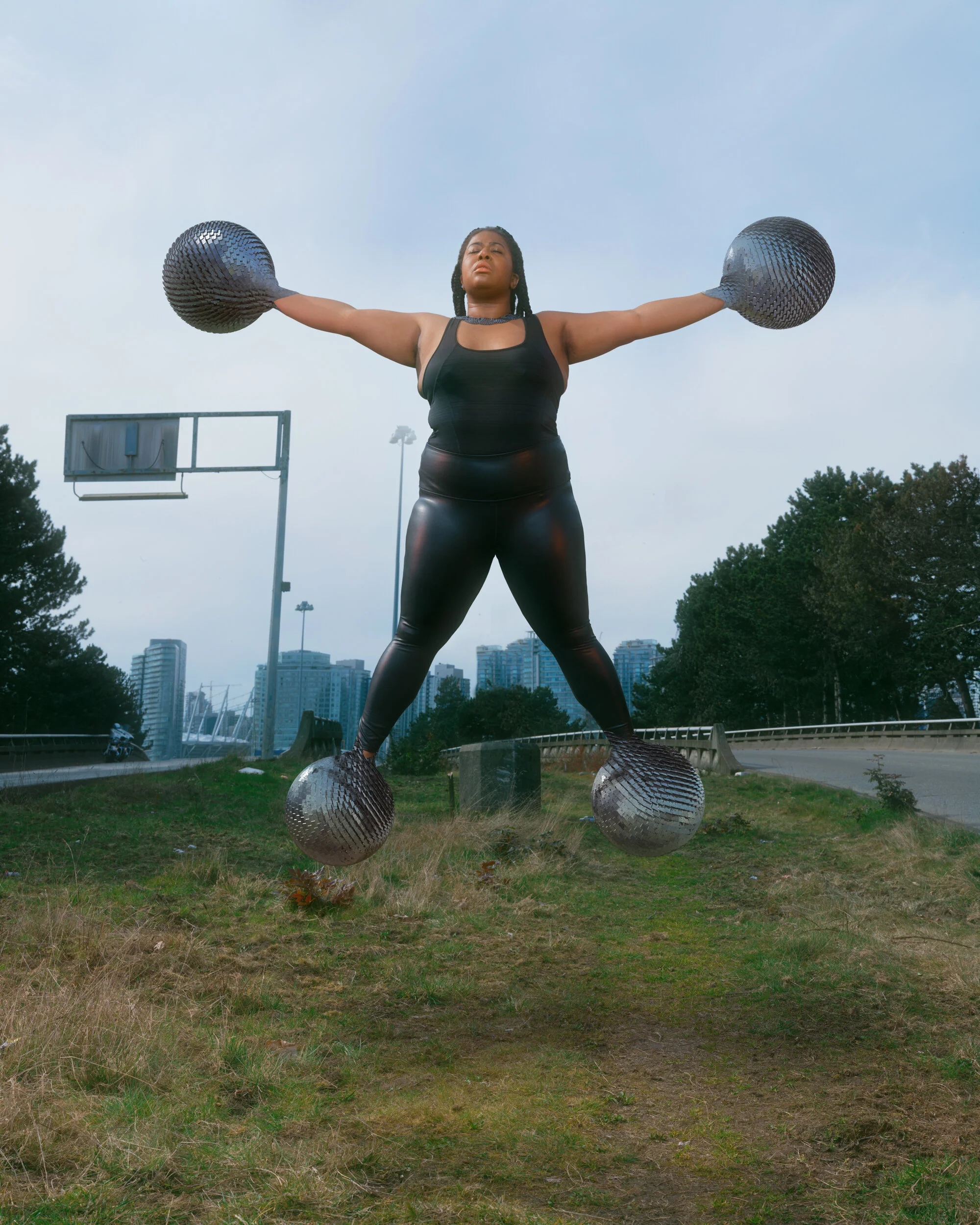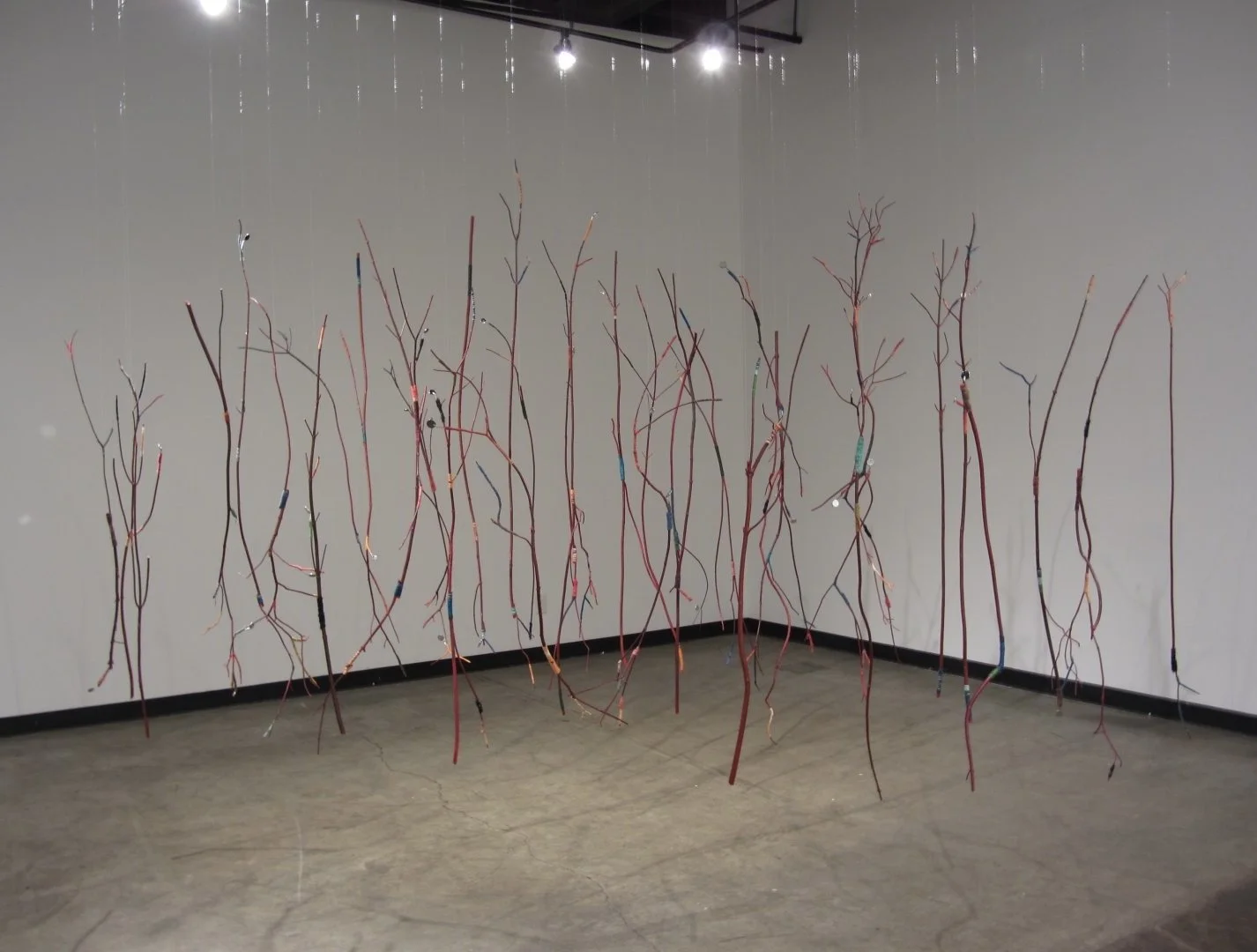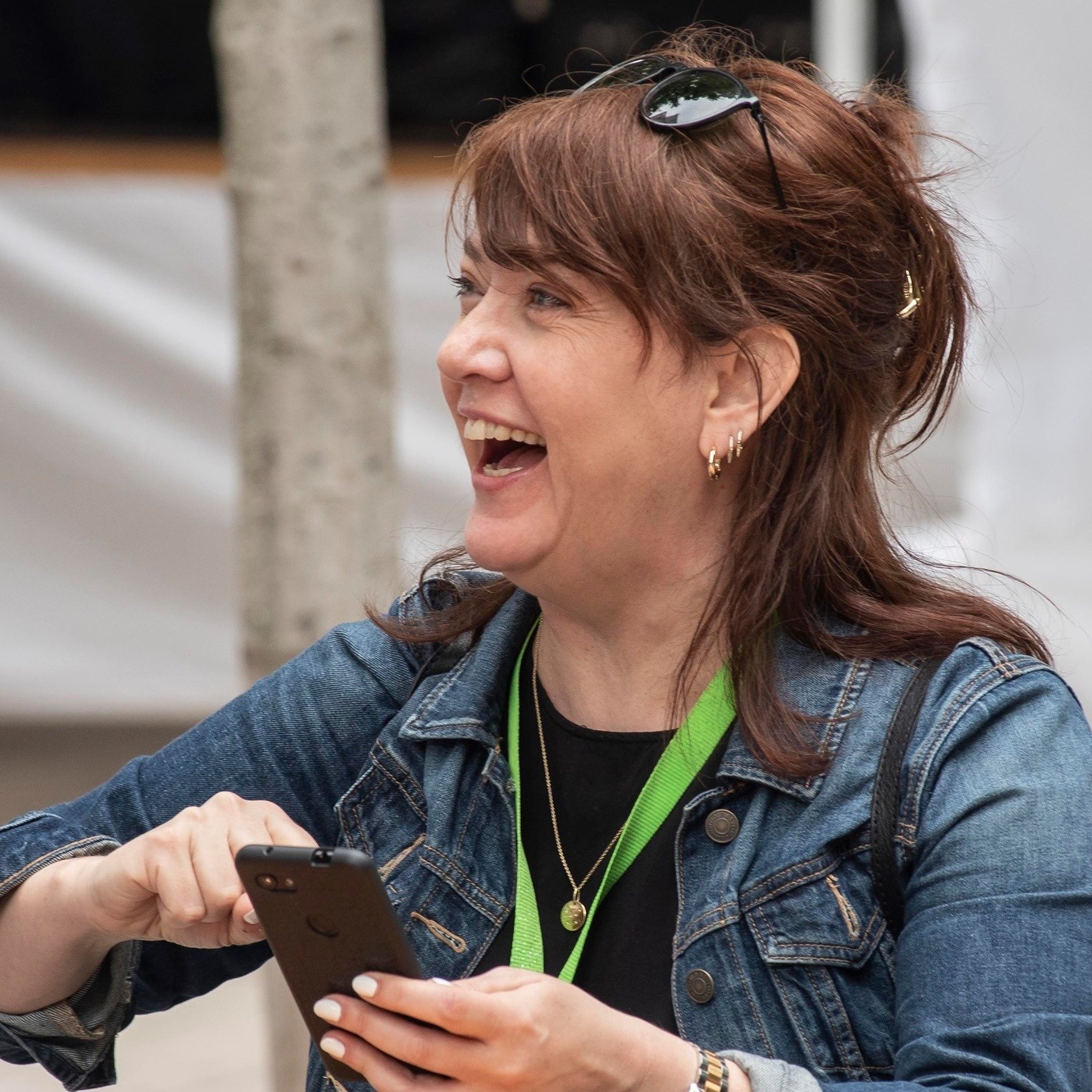Stir 'Splainer: Burrard Arts Foundation residency artists tell the stories behind their works
Rydel Cerezo alludes to private school in the Philippines, while Kriss Munsya remembers Hogan’s Alley
Rydel Cerezo’s Penny Loafers.
BURRARD ARTS FOUNDATION has been able to proceed with its annual residency program for emerging artists in a year where studio space and resources are even more crunched than usual in this city.
The selected artists are Rydel Cerezo, Kriss Munsya, Parvin Peivandi, Maria-Margaretta, Sara Khan, and Karin Jones, who will be creating and displaying their work throughout the year.
Stir caught up with the first two Vancouver-based artists, who have been busy working in the spot since January. Their resulting pieces are on view now until June 18; you can find out about safety protocols and visiting the gallery here.
Rydel Cerezo is a Filipino-born Emily Carr University of Art + Design grad whose work investigates the space between sexuality and religion, race and beauty, and identity and culture. He works to reposition the tradition of historical ethnographic use of photography, employing the camera to reflect on his own identity as an immigrant. Cerezo holds a Bachelors of Fine Arts Degree from Emily Carr University of Arts and Design.
Kriss Munsya, meanwhile, is a graphic designer, photographer, and filmmaker who was born in the Democratic Republic of Congo and raised in Brussels. Munsya explores complicated issues around race, gender, and identity, often focusing his lens on the trauma and discrimination he experienced as a child
Here’s what each of them had to say about two key works from the new BAF Residency Program exhibit. (And watch fot the other artists to show their creations later this year.)
Penny Loafers (top)
Artist Rydel Cerezo
“Penny Loafers is a reference to childhood memories of wearing Catholic private school uniforms in the Philippines. The person is caught in mid-moment, just as they step out of their shoes, a common gesture of respect when entering the home. I was inspired by Ocean Vuong's invocation that to write poems, one must metaphorically take off one's shoes and touch one's feet to the ground—a disrobing that is necessary to honour the space of making.
“These moments appear in many of my photographs as small gestures that point to larger systems. Since these shoes belong to an institutional uniform—the institution of education and Roman Catholicism—there is a valence of queerness in removing them halfway, in stepping on the back of the heel, in the childish habit of deforming the shoe. Undressing oneself from institutional garb is a small gesture imbued with sensuality that interrupts, that opens the door to something else.”
We Build Bridges from Kriss Munsya’s Monolithic Introspection
We Build Bridges, from Monolithic Introspection
Kriss Munsya
“The image We Build Bridges is among the first images of my latest conceptual photography project, Monolithic Introspection. Taken on so-called Vancouver’s Georgia Viaduct, the image beckons audiences’ curiosity about Blackness in Vancouver.
“This collaborative project is being developed in relationship with people fighting for Environmental Justice. It centers the disconnection between what we (humans) are capable of achieving and what we actually do. In this way, it confronts disparities in power and the posturing of good-doing (by those with power) with the reality of wrong-doing (to those at furthest proximity to power.) For example, the Georgia Viaduct (built approximately 50 years ago) postured as neighbourhood improvement, displaced Vancouver’s Black community living in Hogan’s Alley. Decades later, the Hogan’s Alley Society is working to revive and restore Black contributions and engagement in city-building.
“By combining antiquated ideals with contemporary experiences, Monolithic Introspection illustrates how supremacy lives on. From The Vitruvian Man’s pose to the SciFi Orbs, the models' floating bodies disrupt ideals of human exceptionalism by transposing systemic vulnerability. In essence asserting that supremacy is tearing us apart.”














